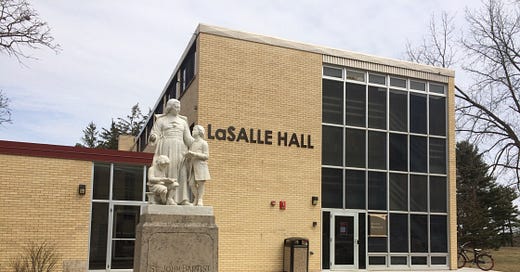At this point, there’s nothing all that surprising about a small private college or university slashing programs in the arts and humanities. But I’m still fuming about one such decision from one of Bethel’s peer institutions: not just that that school eliminated its history major, but that it did so and claimed to remain faithful to its mission as a Chr…
Keep reading with a 7-day free trial
Subscribe to The Pietist Schoolman to keep reading this post and get 7 days of free access to the full post archives.



